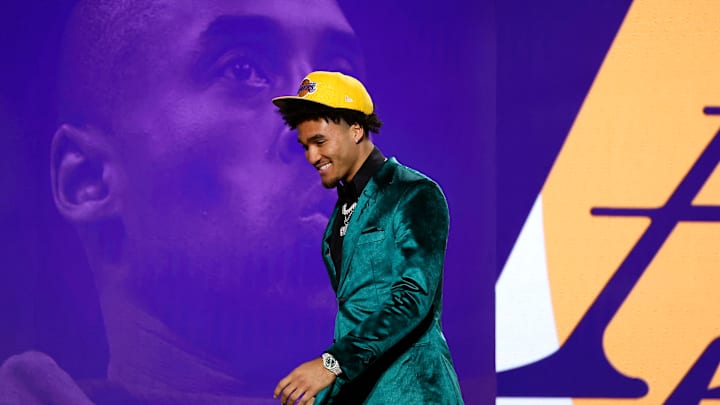The unfortunate truth about the LeBron James era is that the Los Angeles Lakers have been the epitome of high-level inconsistency. The peaks have included a championship and a Conference Finals appearance, which far outweighs what a vast majority of teams have accomplished in that same window.
The valleys, however, include the simple fact that the Lakers have extended their streak of not winning a playoff series in consecutive seasons since 2012.
During James' six seasons in Los Angeles, the team has missed the playoffs twice and suffered two first-round exits. It's hard to point the finger at the four-time MVP, even if his fluctuating availability has played a factor in the team's regular season records.
Since he arrived in Los Angeles in 2018, James has missed at least 25 games in four different seasons—while Anthony Davis has suffered the same fate in three.
The biggest problem in Los Angeles isn't injuries, however, but a failure to create the necessary infrastructure to sustain success. It's been the mark of a front office that's gone all-in on the instant fix at every turn, sacrificing the long-term answer in the process.
That all begins with the fact that the Lakers have continuously disregarded the NBA Draft and the long-term value it provides.
Lakers have embraced long-term failure with approach to NBA Draft
Los Angeles made the right decision by trading Lonzo Ball, Josh Hart, Brandon Ingram, and three first-round draft picks to the New Orleans Pelicans for Davis. Davis was nothing short of phenomenal during the run to the 2019-20 championship, and has been an All-NBA and All-Defense level player when healthy.
The decisions since that trade, however, have blatantly disregarded how much was lost in the process of acquiring Davis.
Just one year after trading for Davis, the Lakers gave up a fourth future first-round draft pick for Dennis Schröder. Less than a year later, Los Angeles dealt Kentavious Caldwell-Pope, Montrezl Harrell, Kyle Kuzma, and a first-round draft pick in a trade for Russell Westbrook.
A season-and-a-half after that, Los Angeles traded a first-round draft pick to the Utah Jazz in order to move Westbrook and acquire D'Angelo Russell and Jarred Vanderbilt.
Between 2019 and 2023, the Lakers parted ways with six future first-round draft picks. Even removing the Davis trade from the equation, Los Angeles gave up three first-round selections that could've provided cost-efficient value on a roster that was destined to struggle to fit within the salary cap.
When the picks were retained, the Lakers made a minimal effort to integrate drafted talent into the rotation.
2022 second-round draft pick Max Christie may have re-signed on a four-year, $32 million deal, but he averaged just 13.5 minutes per game while playing on a rookie-scale contract. 2023 first-round draft pick Jalen Hood-Schifino appeared in 21 total games as a rookie, and second-rounder Maxwell Lewis averaged 3.0 minutes per game in 34 appearances.
In 2024-25, first-year head coach JJ Redick will be tasked with taking players who received minimal opportunities to play through and learn from their mistakes, and turning them into postseason-caliber rotational pieces overnight.
If the Lakers struggle to win with the 2024-25 roster, look no further than the consistent decisions to disregard long-term value in favor of desperate ploys for short-term rewards.
